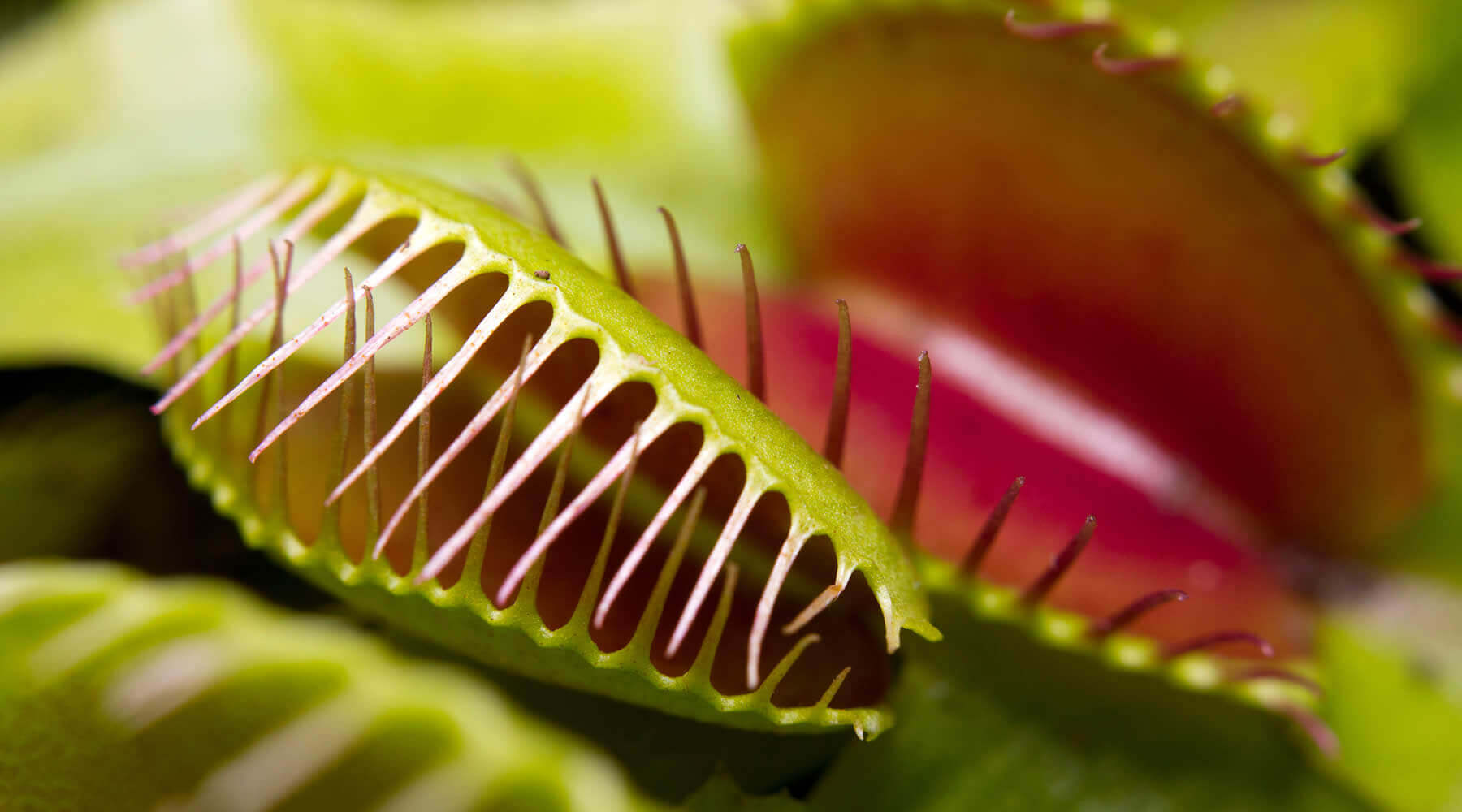
Send us a message

The Venus Flytrap, or Dionaea muscipula, is a unique plant that has captivated the imagination of people for centuries. This fascinating carnivorous plant is native to the wetlands of North and South Carolina in the United States and is known for its unique ability to trap and digest insects.
In this article, we will delve into the natural history of the Venus Fly Trap, exploring its physical characteristics, habitat, life cycle, and its unique adaptation to carnivory.
The Venus Fly Trap is a small perennial plant that typically grows to a height of about 5-6 inches. It has flat, green leaves that are arranged in a rosette at the base of the plant. Each leaf is divided into two halves, with a hinge-like mechanism in the middle that allows the leaf to snap shut when triggered.
The interior of the leaf is lined with small, stiff hairs called trigger hairs, which are extremely sensitive to touch. When an insect or other small prey lands on the leaf and touches the trigger hairs, the leaf snaps shut, trapping the prey inside.
The Venus Fly Trap is found only in a small region of the southeastern United States, primarily in the wetlands of North and South Carolina. These wetlands are characterized by acidic, nutrient-poor soils and high humidity, which create the ideal conditions for the Venus Fly Trap to thrive.
Like most plants, the Venus Fly Trap reproduces through the production of seeds. The plant typically flowers in the spring, producing small white flowers on a tall stalk that can reach up to 12 inches in height.
The flowers are pollinated by bees, flies, and other insects, and once pollinated, the plant produces small black seeds that are dispersed by the wind. The seeds require a period of cold stratification in order to germinate, and they can take up to three years to mature into adult plants.
The Venus Fly Trap is unique among plants in its ability to trap and digest insects. This adaptation evolved as a way for the plant to obtain the nutrients it needs to survive in the nutrient-poor soils of its native habitat.
When an insect or other small prey lands on the leaf of a Venus Fly Trap and touches the trigger hairs twice in 20 seconds, the leaf snaps shut, trapping the prey inside. The leaf then secretes digestive enzymes that break down the insect's body, releasing nutrients that the plant can absorb.
The Venus Fly Trap is able to distinguish between living and non-living objects, and will only snap shut when it detects the movement of a living prey item. This ability to discriminate between living and non-living objects is thought to be due to the unique arrangement of the trigger hairs on the leaf.
The Venus Fly Trap is a fascinating and unique plant that has captured the attention of people for centuries. Its ability to trap and digest insects is a remarkable adaptation that has allowed it to survive in the nutrient-poor soils of its native habitat.
By understanding the natural history of the Venus Fly Trap and providing it with the right care, you can enjoy the beauty and wonder of this amazing plant in your own home. So why not give it a try and see for yourself why the Venus Fly Trap is such a beloved and intriguing plant?
Sarracenia × moorei X oreophila
Here's an interesting Sarracenia alata! This is an areolate form which is relatively unusual for this species. Areoles are small windows on the pi...
View full detailsThis is a beautiful Sarracenia that arguably looks better in the flesh than in photographs. The lip develops into a defined red which looks great a...
View full detailsThis is an attractive Sarracenia oreophila both in shape and pattern. As the name suggests it is heavily veined with the veins getting darker as th...
View full detailsSarracenia × miniata is a hybrid of Sarracenia minor and Sarracenia alata. Both parent species influence the shape of this plant with the distincti...
View full detailsThis vigorous clone of Sarracenia flava is a great plant if you want an easy-to-grow, nice-sized, and hard-as-nails Sarracenia flava var. flava. Th...
View full detailsIP-X125, JS-H155
Beautifully blushed with copper on the lid, this Sarracenia flava var. cuprea is a great example of a classic copper-top Sarracenia flava. A vigoro...
View full details